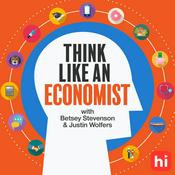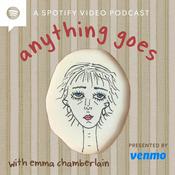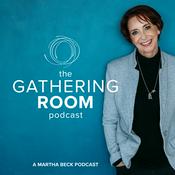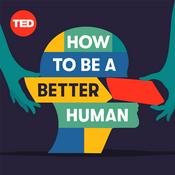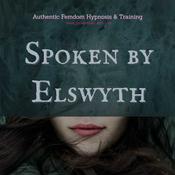47 episodes

Lecture 46: This View of Life (Course Finale)
04/12/2009 | 41 mins.
Course finale and summary. We look back over where we've been the last eleven weeks, and bring together all of the main themes of this course on Life in the Universe. Recorded live on 2009 Dec 4 in Room 1005 Smith Laboratory on the Columbus campus of The Ohio State University.

Lecture 45: The Future of Life in the Universe
03/12/2009 | 44 mins.
How will life, the Universe, and everything end? This lecture looks at the evolution of our expanding Universe to project the prospects for life into the distant cosmological future. Recent observations show that we live in an infinite, accelerating universe. I will trace the evolution of the universe from the current age of stars into the future. The final state of the Universe will be cold, dark, and disordered, and ultimately inhospitable to life as we understand it or perhaps can imagine it. Recorded live on 2009 Dec 3 in Room 1005 Smith Laboratory on the Columbus campus of The Ohio State University.

Lecture 44: The Future of Life in the Solar System
02/12/2009 | 55 mins.
What is the future of life on Earth and in our Solar System? The Sun is the source of energy for life on the Earth, but it will not shine forever. This lecture looks at the impact of the various stages of the evolution of the Sun on the habitability of the Solar System, with particular emphasis on the continued habitability of the Earth. I will refer to state-of-the-art computer models of the Sun to get is properties at various stages in its past and future life. NOTE: Due to a recorder malfunction this lecture was re-recorded later in the day on 2009 Dec 2, rather than being live from the class room in Smith Laboratory. As such, it is about 10 minutes longer than usual (my pacing is off when not in front of class).

Lecture 43: Extraterrestrial Life
01/12/2009 | 45 mins.
What does extraterrestrial life look like? This lecture explores current thinking about what extraterrestrial life might be like not by guessing their appearances, but instead applying lessons learned from our growing understanding of how evolution and biochemistry work on Earth. I will discuss Universal versus Parochial characteristics, Convergent Evolution, Radical Diversity, and other ideas from evolutionary biology that might inform how life might emerge on other worlds. We will then look at alternatives to carbon biochemistry, specifically the possibility of silicon-based life, and alternatives to liquid water as a solvent medium for biochemistry, specifically the possible role of Ammonia. Finally I will give one example of a highly speculative idea about life without chemistry. In the end, the outcome of such studies may not be to tell us much about extraterrestrials as to help focus questions on how we ourselves arose. Recorded live on 2009 Dec 1 in Room 1005 Smith Laboratory on the Columbus campus of The Ohio State University.

Lecture 42: The Fermi Paradox
30/11/2009 | 44 mins.
So, Where is Everybody? Interstellar colonization, in principle, is an exponential growth process that would fill the galaxy in a few million years even with a very modest star flight capability. This is a small fraction of the lifetime of the Milky Way Galaxy, so the Galaxy should be teaming with life. But, we so far have no compelling evidence of extraterrestrial visitations, alien artifacts, or any other evidences that the Galaxy is populated. Physicist and Nobel Laureate Enrico Fermi's apparent paradox and some of the proposed resolutions are the topic of this lecture. I will review the Fermi Paradox and describe the most common possible resolutions. The Fermi Paradox is useful in helping to frame the question of extraterrestrial life, even if we so far have no answers. At the end I only touch on the Rare Earth Hypothesis, but this is a very nuanced question which requires a whole other lecture to explore that I have not had time to fully prepare for during this busy quarter. Recorded live on 2009 Nov 30 in Room 1005 Smith Laboratory on the Columbus campus of The Ohio State University.
More Education podcasts
Trending Education podcasts
About Astronomy 141 - Life in the Universe - Autumn Quarter 2009
Listen to Astronomy 141 - Life in the Universe - Autumn Quarter 2009, SOLVED with Mark Manson and many other podcasts from around the world with the radio.net app
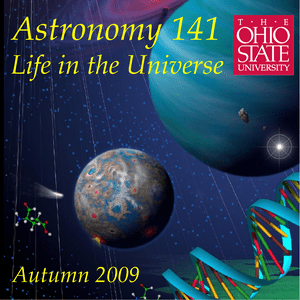
Get the free radio.net app
- Stations and podcasts to bookmark
- Stream via Wi-Fi or Bluetooth
- Supports Carplay & Android Auto
- Many other app features
Get the free radio.net app
- Stations and podcasts to bookmark
- Stream via Wi-Fi or Bluetooth
- Supports Carplay & Android Auto
- Many other app features
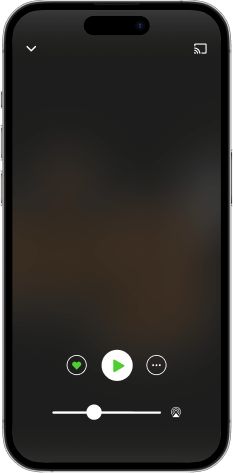

Astronomy 141 - Life in the Universe - Autumn Quarter 2009
download the app,
start listening.






